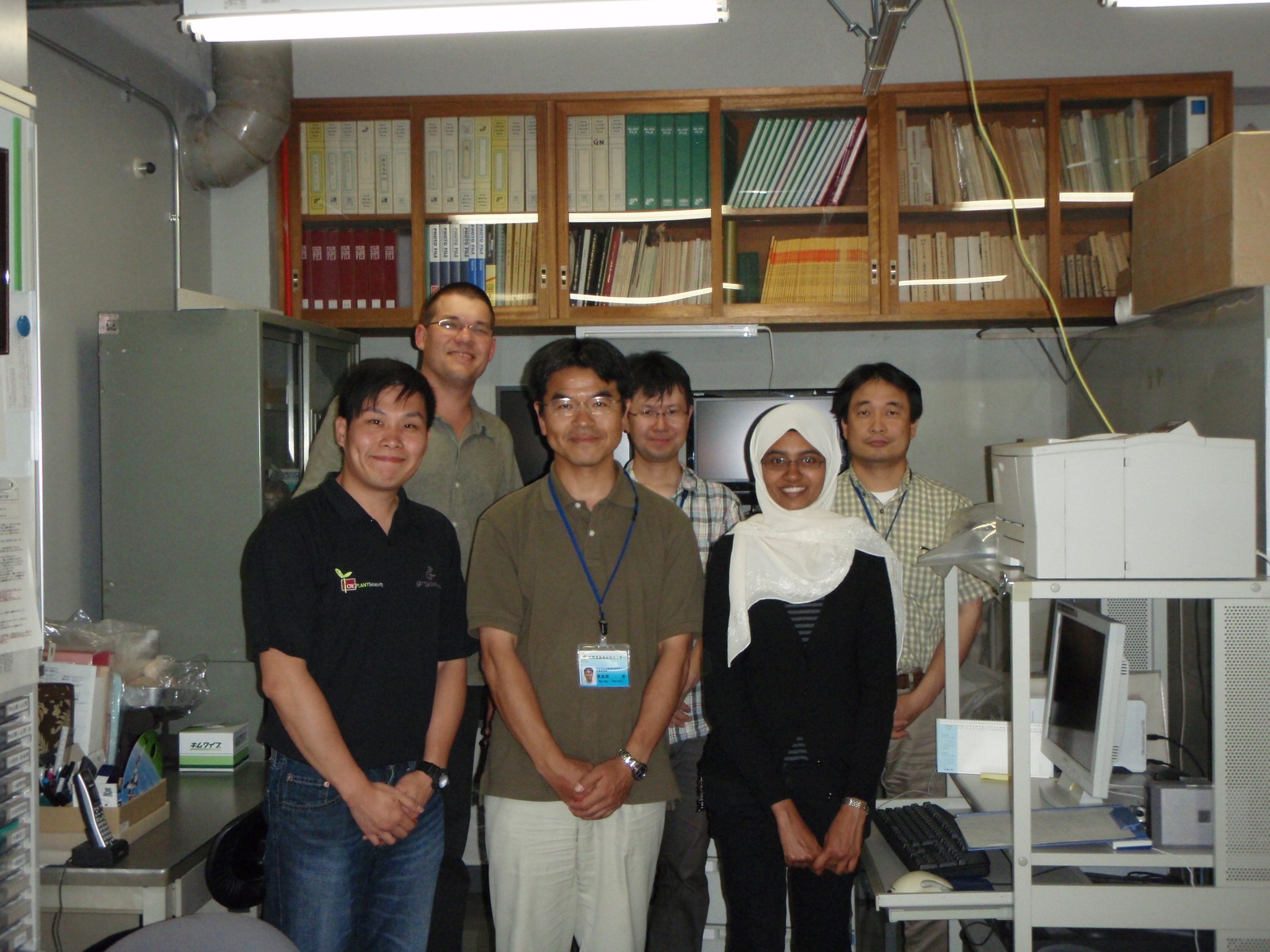Worming around Japan

The pine wood nematode is not present in Australia, but has spread out of North America across Japan, China, Taiwan, Portugal and Spain as a hitchhiker in pine wood containers. Pine wood nematode infection can kill pine trees in as little as three weeks and therefore causes serious economic losses in countries where it is now present.
As world trade grows, the movement of wooden containers increases and this requires Australia to prepare for the possible introduction of the nematode. The Australian pine plantations industry is worth AUD$18 billion per annum and the development of a test to identify the pest correctly and rapidly, and to initiate control measures, are important for the industries ongoing sustainability.
Matthew’s PhD project is working to develop new diagnostic tests for exotic nematodes and his time in Hokkaido has contributed towards the development of such a test for the pine wood nematode.
The trip has also provided an opportunity for Matthew to strengthen an existing relationship with the University of Hokkaido developed through the Australia-Japan foundation grant.
While in Hokkaido, Mathew worked with Dr Derek Goto from the Hokkaido University who has visited Murdoch University twice in the past year with support from a Japanese-Australian grant. The grant has also supported reciprocal visits by Murdoch University researchers who have identified plant plant-parasitic nematodes in dying pine trees in Japan.
Part of Matthew’s trip was to follow up on these findings and to check whether pine wood nematodes or related biosecurity nematode pests were present. He did this by collecting nematodes from pine tree material and then extracting DNA to assist with identification using sequence information on internal transcribed spacer regions.
Matthew also collaborated with Japanese nematologists who provided other cyst nematodes, in particular the soybean cyst nematode (Heterodera glycines), from which protein extracts were made.
The major outcome of this collaboration will be an extension of protein and DNA based diagnostics data for cyst nematodes. With this additional analytical data, we will be prepared to identify these nematodes if introduced into Australia.
Photo caption: PhD candidate Matthew Tan with researchers from Hokkaido University and the National Agricultural Research Centre for the Hokkaido Region.
TRAVEL DETAILS
TANM
When: July 2010
Location: Japan
Summary:
PhD candidate Matthew Tan recently visited Japan to collect potential samples of the pine wood nematode.

